Growing Awareness of Soil Health
There is a growing awareness among farmers and agricultural stakeholders regarding the importance of soil health in crop production. The Chelate Fertilizer Market is benefiting from this trend, as chelate fertilizers are known to enhance soil nutrient availability and improve microbial activity. Healthy soil is essential for sustainable agriculture, and the use of chelate fertilizers can contribute to maintaining soil fertility over time. Educational initiatives and outreach programs are helping to disseminate information about the benefits of chelate fertilizers, leading to increased adoption rates. As farmers recognize the long-term advantages of investing in soil health, the demand for chelate fertilizers is expected to rise. This trend indicates a shift towards more sustainable farming practices that prioritize the health of the soil ecosystem, ultimately benefiting the Chelate Fertilizer Market.
Rising Demand for Nutrient-Rich Crops
The increasing global population necessitates a rise in food production, which in turn drives the demand for nutrient-rich crops. This trend is particularly evident in regions where agricultural productivity is critical to food security. The Chelate Fertilizer Market is responding to this demand by providing fertilizers that enhance nutrient availability and uptake in plants. As farmers seek to maximize yields, the use of chelate fertilizers, which improve the solubility of essential nutrients, becomes more prevalent. Reports indicate that the market for chelate fertilizers is projected to grow at a compound annual growth rate of approximately 5% over the next few years, reflecting the urgency to meet food production goals. This growth is likely to be fueled by the need for sustainable farming practices that ensure long-term soil health and crop productivity.
Increased Focus on Crop Quality and Yield
The emphasis on improving crop quality and yield is a driving force in the Chelate Fertilizer Market. Farmers are increasingly seeking fertilizers that not only boost production but also enhance the nutritional quality of their crops. Chelate fertilizers are particularly effective in this regard, as they facilitate the uptake of micronutrients that are essential for plant health. The market is witnessing a trend where producers are prioritizing the use of chelate fertilizers to meet consumer demands for high-quality produce. This focus on quality is likely to be reflected in market growth, as more farmers recognize the benefits of using chelate fertilizers to achieve superior crop outcomes. The potential for higher market prices for quality crops further incentivizes the adoption of these specialized fertilizers, indicating a promising trajectory for the Chelate Fertilizer Market.
Environmental Regulations and Sustainability
Increasing environmental regulations aimed at reducing chemical runoff and promoting sustainable agricultural practices are influencing the Chelate Fertilizer Market. Governments and regulatory bodies are encouraging the use of eco-friendly fertilizers that minimize environmental impact. Chelate fertilizers, known for their efficiency in nutrient delivery, align well with these regulations. They reduce the risk of nutrient leaching into water bodies, thus supporting environmental sustainability. The market is witnessing a shift towards organic and bio-based chelate fertilizers, which are perceived as safer alternatives. This shift is expected to drive market growth, as more farmers adopt practices that comply with environmental standards. The emphasis on sustainability is likely to enhance the reputation of chelate fertilizers, making them a preferred choice among environmentally conscious consumers and agricultural producers.
Technological Innovations in Fertilizer Production
Technological advancements in fertilizer production are significantly impacting the Chelate Fertilizer Market. Innovations such as nanotechnology and advanced formulation techniques are enhancing the effectiveness of chelate fertilizers. These technologies allow for the development of products that can deliver nutrients more efficiently, thereby improving crop yields. The integration of smart technologies in agriculture, such as precision farming tools, is also facilitating the targeted application of chelate fertilizers. This not only optimizes resource use but also minimizes waste. As a result, the market is likely to see an increase in the adoption of high-tech chelate fertilizers that promise better performance. The ongoing research and development in this field suggest a bright future for the Chelate Fertilizer Market, with potential for new product launches that cater to the evolving needs of farmers.


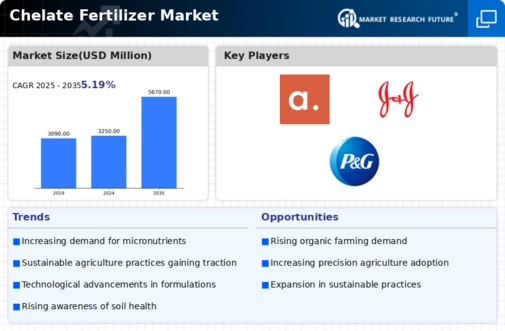
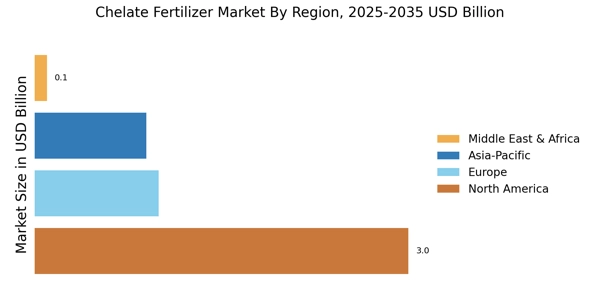

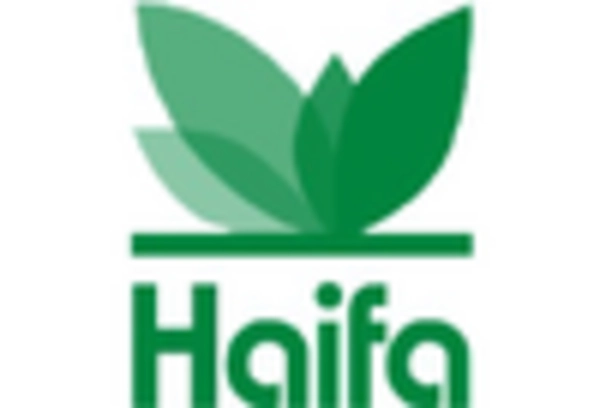
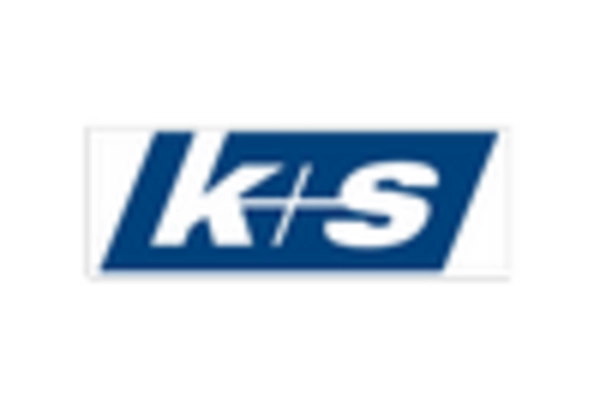

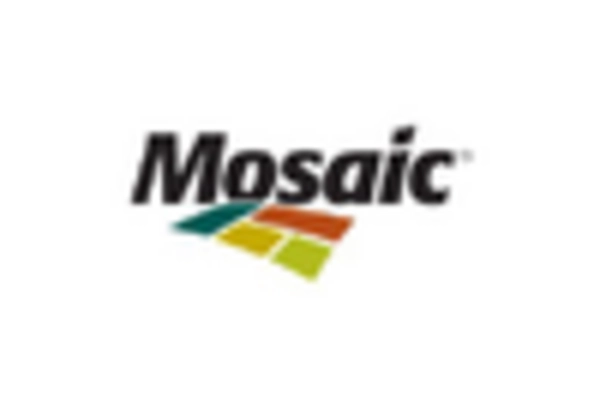
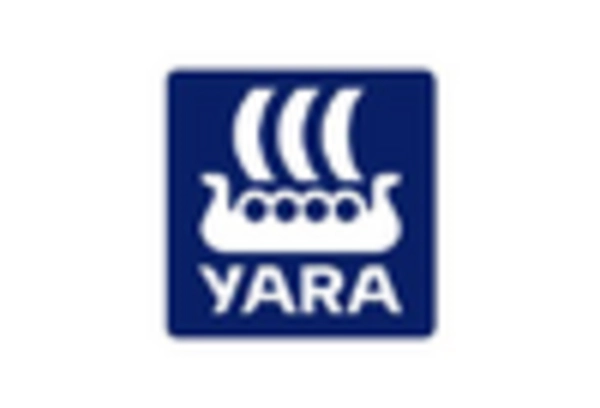








Leave a Comment